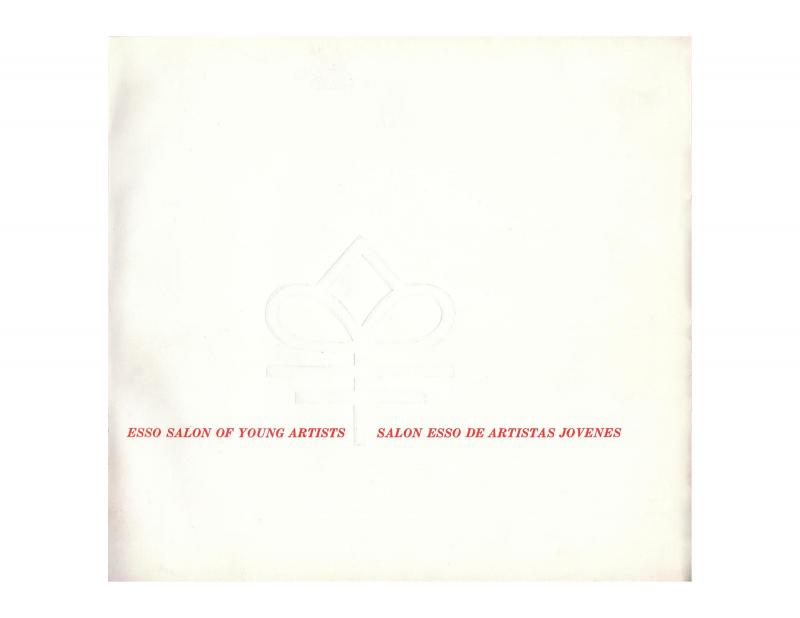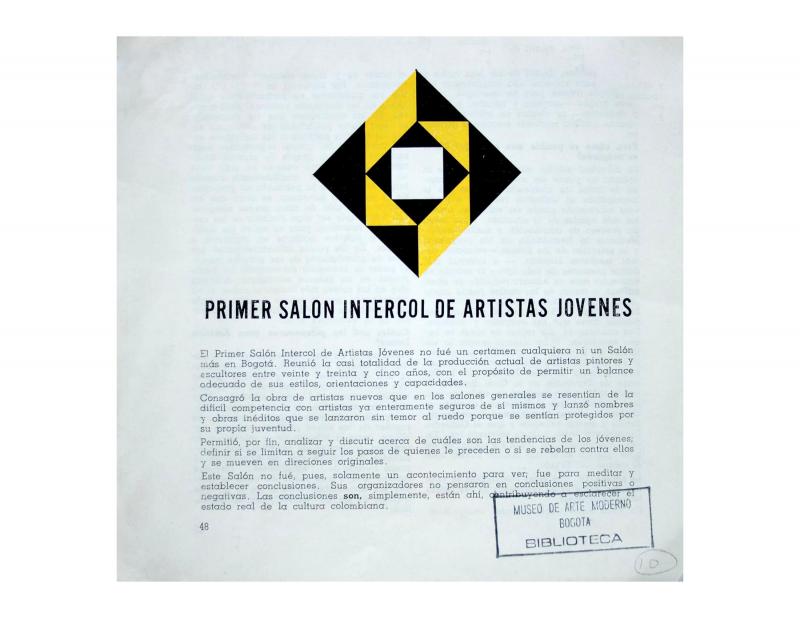In this article, Marta Traba—cultural manager and director of the Museo de Arte Moderno (MAM) from 1962 to 1969, and one of the most influential art critics in the history of Colombian art—discusses the work of Fernando Botero (b. 1932), as well as some members of the generation of artists who would come to be known as the second group of modernists in Colombia: Nirma Zárate (1936–1999), Feliza Bursztyn (1933–1982), Alvaro Herrán (b. 1937), and Carlos Rojas (1933–1997), after their participation in the Salón Intercol. This article attests to the moment when that generation was entering into the mature phase of its production.
Traba’s text is an exercise in synthesis as it discusses an event that exhibited a heterogeneous range of works. Traba develops a classification of styles based on large categories (figuration, abstraction, “junk art” made from discarded materials, Informalism, and Pop Art) that allows her to connect the work of the artists in the salon with an international context. This does not mean that she neglects the specificity of the local scene or of individual painters and sculptors. Thus, Traba—an Argentine critic who lived in Colombia—legitimizes these artists as creators who make use of the resources offered by their environment, expressing an often fragmented reality in a manner in keeping with international art.
Documents related to this text include “Salón Esso de Artistas Jóvenes: Patrocinado por la Unión Panamericana y Esso” [doc. no. 1091951] and Primer Salón Intercol de Artistas Jóvenes (catalogue) [doc. no. 1097966].


